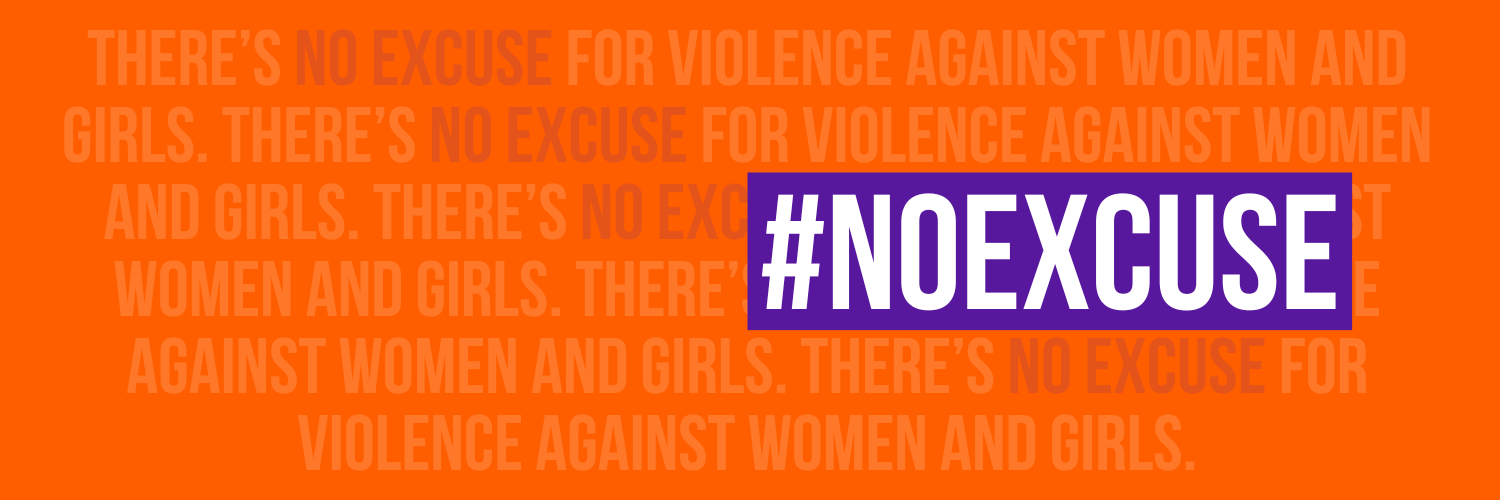Gender, Diversity and Inclusion Community of Practice
Overview
The Global Shelter Cluster is committed to advocate, build capacity and improve coordination for humanitarian Shelter and Settlements responses that put people in the centre. Having access to safe and dignified shelter is a high-priority need - and human right - for everyone, but the humanitarian community acknowledges that some population groups face a higher risk of “being left behind”, and face increased risk of exclusion, marginalisation and denial of access to equal rights. Through this Community of Practice, coming early in 2024, the Global Shelter Cluster wants to ensure that the Shelter and Settlements community continues its pathway to put “people first”, irrespective of their gender, age, personal characteristics, ethnicity, religious beliefs, citizenships, sexual orientation, physical appearance, colour and racialized identity, social background or disability, along with the various intersections between these.
The Global Shelter Cluster’s Gender, Diversity and Inclusion Community of Practice will serve as a hub for Shelter and Settlements practitioners to exchange, share lessons and access tools and guidance on a range of crosscutting issues that impact the quality and inclusiveness of shelter and settlements programming. It builds upon a number of initiatives and the efforts of GSC Working Groups such as the “Inclusion of Persons with Disabilities in Shelter Programming Working Group”, the “GBV in Shelter Programming Working Group”, as well as other activities of the wider Global Shelter Cluster community and its partners, with the intention to contribute to a more systematic approach to inclusive practice.
The Community of Practice will cover a number of different workstreams including:
Sub-pages for each of these streams can be found on the left of this page, which includes more information, links to resources and contacts for technical support.
We hope to continue to add more workstreams to the CoP as we establish links to relevant organisations.
For any general questions or support needs, contact the CoP email us at: [email protected]

